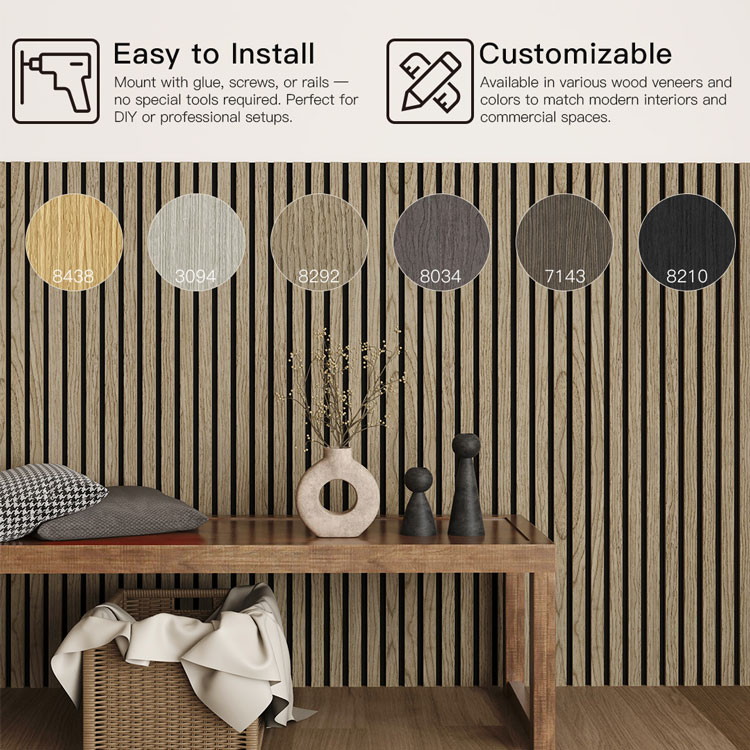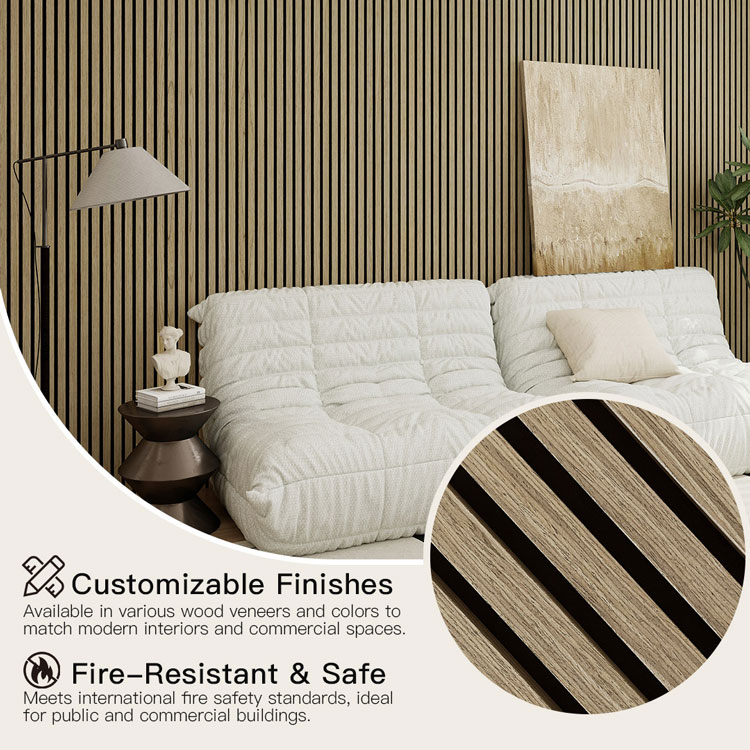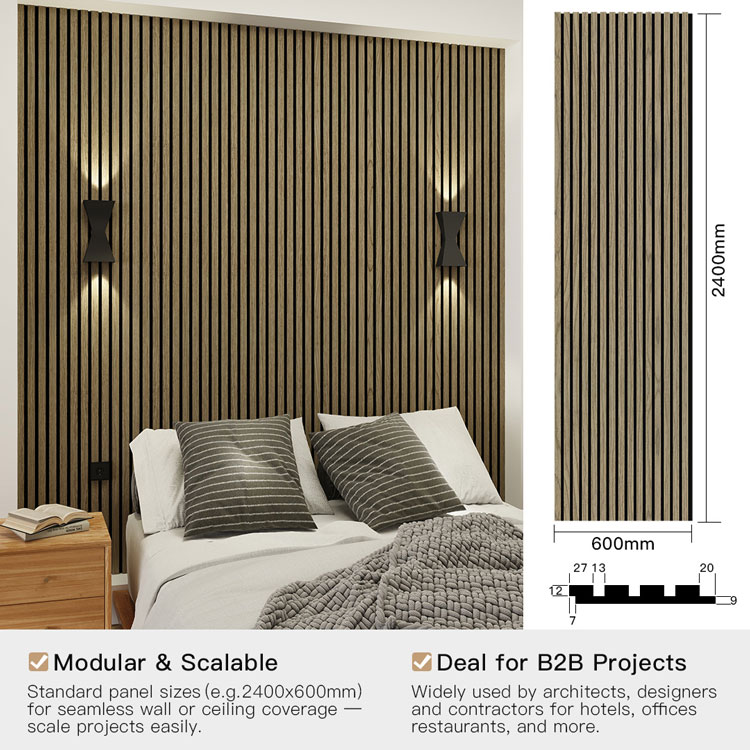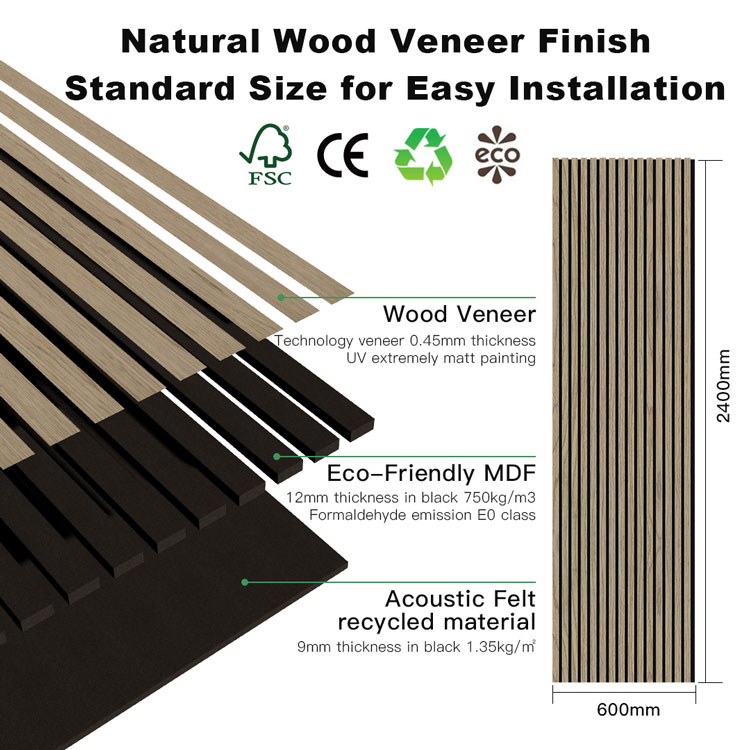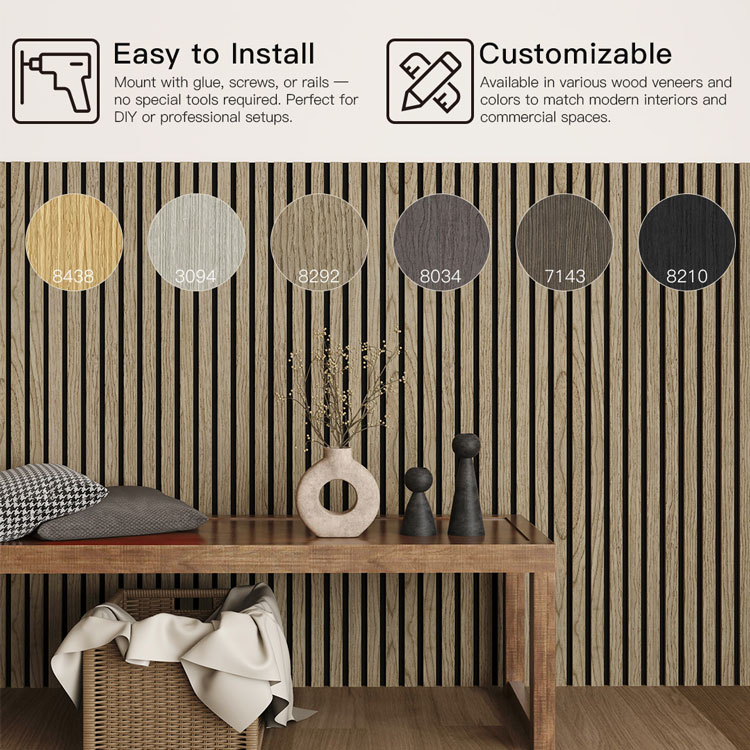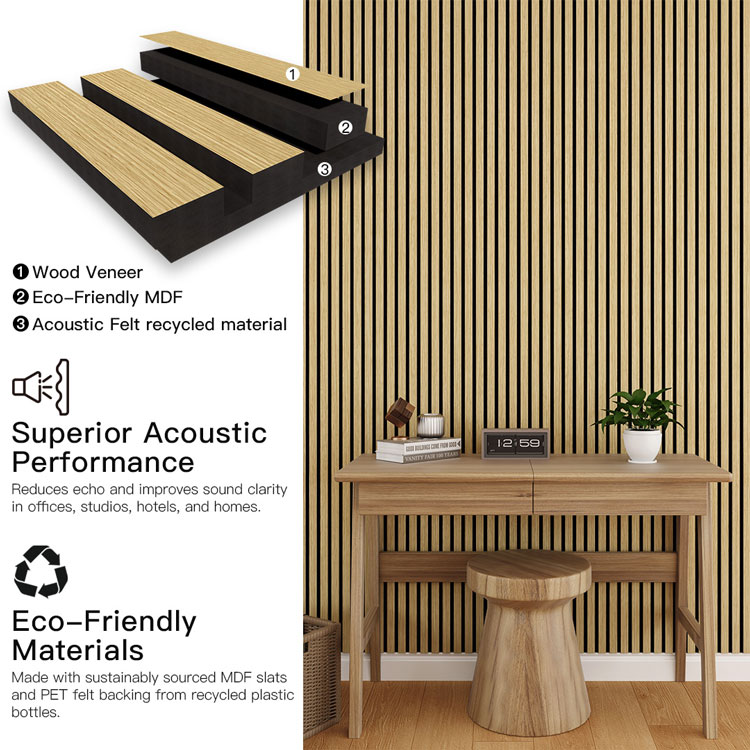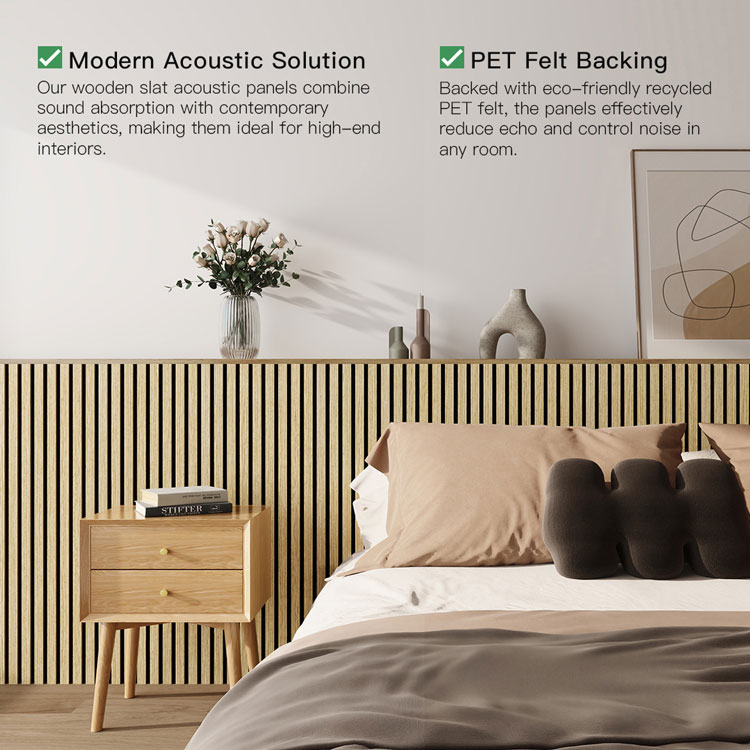The difference between traditional terrazzo and epoxy terrazzo
Material Composition
Traditional terrazzo uses Portland cement or white cement as a binder, mixed with aggregates such as crushed stone, glass, and quartz, and then ground and polished to create a surface. Epoxy terrazzo uses a modified epoxy resin as a binder, allowing it to incorporate a wider variety of aggregates (such as natural marble and quartz) and achieve seamless integration.
Performance
Crack Resistance: Epoxy terrazzo's tough polymer material reduces the risk of cracking in temperature fluctuations. Traditional terrazzo, due to its high coefficient of expansion, is susceptible to cracking due to thermal expansion and contraction.
Stain Resistance: Epoxy terrazzo's dense surface resists stains and is easy to clean and maintain. Traditional terrazzo's porous structure easily accumulates stains and requires regular crystallization.
Wear Resistance: Epoxy terrazzo offers excellent compressive and flexural strength, with a service life of up to 10 years. Traditional terrazzo is prone to sanding and cracking, and lacks durability under frequent use.
Color Performance: Epoxy terrazzo uses color paste to create richer, more vibrant colors; traditional terrazzo relies on pigments, resulting in a monotonous color.
Applicable Scenarios
Epoxy terrazzo is suitable for high-end commercial spaces (such as shopping malls and hotels) due to its high decorative properties and durability. Traditional terrazzo, being economical, is often used in public facilities such as schools and hospitals.
